Y Combinator backed Zbiotics has spend two years developing what they’re billing as the world’s first genetically engineered probiotic. The startup’s initial product isn’t exactly world-changing but it might just save your day — given they’ve invented an elixir of ‘next day’ life: Aka a hangover cure.
Although you actually have to take it before — or, well, during — drinking rather than waiting until the moment of regretful misery when you wake up.
How have they done this? For their first product they’ve bioengineered probiotic bacteria to produce more of the enzyme that the body naturally uses to break down a toxic chemical byproduct of alcohol which is in turn responsible for people feeling awful after too many alcoholic drinks. So you could say they’re hoping to put probiotics on steroids. (NB: No actual steroids are involved, obviously.)
While probiotics themselves aren’t at all new, having been in the human diet for thousands of years — with wide acceptance that certain strains of these live ‘friendly’ bacteria/microorganisms can be beneficial for things like human gut health — the team’s approach of using gene editing techniques (specifically fiddling with the bacteria’s DNA) to enhance what a probiotic can deliver to the person who’s ingested it is the novel thing here.
So new they haven’t yet conducted the placebo controlled, peer-reviewed clinical trials that will ultimately be necessary to back up the efficacy claims they’re making for their biotech enhanced hangover cure.
Nor are they therefore in a position to defend their forthcoming hangover elixir from accusations of supplementary ‘snake oil’ — and, well, the supplement industry as a whole often has that charge leveled at it. And yet people keep buying and popping its pills. (Therein lies the temple rub, vitamin potion and wellness capsule. And, well, also the investor appetite for carving a fresh chunk out of a very large pie.)
Zbiotics co-founders Zack Abbott and Stephen Lamb freely admit it’s going to be a challenge to stand out — and be considered credible amid all this, er, goop noise.
“This consumer space is rife with pseudo science,” agrees Abbott, who has a PhD in microbiology and immunology from the University of Michigan. “Everybody is banging the drum of real science. And so we have a huge challenge to differentiate ourselves. And really convince the consumer that we’ve built something specific.
“And it really is a first effort to invent a product to specifically address their problem, as opposed to grabbing vitamins off a shelf, putting them in a bottle and labelling it.”
“There are some companies… [that] address dehydration [for hangovers]; that’s not enough. There are other companies they just put [vitamins] into a bottle, that’s not enough. There’s so much noise out there. How do we break through that? It could take some time,” admits Lamb. “And it could take a lot of work.”
Tested in vitro — and on birthday beers
At this pre-launch stage, the founders say they’ve tested their beefed up probiotic on themselves — and will go so far as to say they’ve seen “promising results”.
“I had the fortune of having the final prototype built just a week or two before my birthday and so I ended up trying it out for my birthday and it was great,” adds Abbott.
They are also keen to say they don’t want to encourage irresponsible drinking. So don’t expect their future marketing to talk about ‘a biotech license for your next bender’. Product pricing is tbc but they say they’re aiming for widely affordable, rather than lux or overly premium.
With hangover results that could speak for themselves, their hope is that people will feel confident enough to have a pop and see whether the idea of a biotech enhanced probiotic that’s pumping out extra alcohol-metabolizing enzymes stands up to several pints of lager and a few chasers (or not).
Though — when asked — they do say they also want to carry out clinical trials to glean data on the efficacy of their hangover cure.
“We are a very science-first company and so we don’t want to be making any claims about anything that we don’t have data to back up,” says Abbott.
“At this point… we’ve done significant testing in a test tube, in vitro, and shown that the bacteria we’ve built do perform the function that they’re supposed to perform. Which is to break down acetaldehyde. But we can’t make further health claims until we do clinical trials. And we in the process of drafting up a protocol for a human clinical study with one of our scientific advisors — Dr Joris Verster — a world expert in academic hangover research. But in the meantime we can’t make those claims until we have that.”
They are also planning to launch a crowdfunding campaign later this year — in order to start making some of their own noise and trying to drum up interest and, well, willing guinea pigs.
Though they are also adamant the product is entirely safe. It’s just the efficacy vs hangover misery that’s yet to be stood up in human clinical trials.
While a hangover cure might seem a trivial problem to focus high tech bioengineering effort on, they say the unmissable fact of a hangover — or indeed the lack of one — was one of the reasons why they selected such an “everyday problem” for the first application of their technique vs going for a more fuzzy (and, well forgiving on the efficacy front) generic goal like ‘wellness’. Or indeed targeting an issue where a ‘cure’ is pretty subjective and hard to quantify (like anti-aging).
Absolutely no one is going to mistake a hangover for feeling great. Though of course the power of the placebo effect working its psychological magic cannot be ruled out — not until they’ve clinically tested their stuff against it in robust trials.
On the other hand, even if it ends up that a placebo effect is what’s making people feel better, given that the target problem is (just) a hangover there aren’t likely to be too many consumer complaints and cries for money back.
“One of the reasons why we chose this use-case was that it would allow people to try it and feel the advocacy for themselves. That was very important,” says Abbott. “It’s something you can feel the results of. So that was really important. Having a visceral read-out of efficacy. People can experience the product working for themselves.”
The other reason for choosing a hangover cure was more practical: They needed a problem that could be solved with an enzyme and therefore which could be helped by genetically engineering bacteria to produce more of the sought for substance.
“The whole point here is that we’ve engineered a bacteria to express an enzyme specifically that can solve a problem,” he explains. “Enzymes are these really powerful complex molecules that are not easy to deliver to people. So it has to be a problem that you can solve with an enzyme.
“There has to be a nice fit with the technology. So we look for things where parts of the body where bacteria has access to you; you have a lot of bacteria in your gut, in your skin, in your mouth, in your nose… places were we can deliver bacteria and they can express these enzymes to solve problems of everyday health.”
“We start with probiotics that have an extremely good safety profile, have been used in regular food by humans for centuries. And we identify those because we know that they’re going to be safe, and we know that they’re going to be able to interact with your body in the way that we want them to. And then we engineer those bacteria as oppose to choosing something that your body may never have seen before,” adds Lamb, who brings prior experience helping food companies enter new markets to the startup.
He says they’ve been safety testing their prototype probiotic for the past year and change at this point — “making sure that this is ready for market before we actually launch anything”.
“We are not going to launch any kind of product until it’s completely safety tested according to every regulatory framework here in the U.S. — and we’re totally comfortable with that,” he adds emphatically.
They do also intend to move beyond hangover cures, with the plan being to develop additional probiotics that target other use-cases. And say they’ve been building a gene editing platform that’s flexible for that purpose. Though they’re not disclosing exactly what else they’re working on or eyeing up — wanting to keep that powder dry for now.
“I spent over a year building the first product, and the lion’s share of that time was spent making sort of a genetic platform… that was adaptable to multiple use-cases,” says Abbott. “At first I just engineered the bacteria to be able to make a lot of enzyme generally. Whatever enzyme I put into the platform. And so the first enzyme I put in was to break down acetaldehydes. That being said it could be easily switched out for an enzyme to break down… a different toxin that your body has to deal with. So the platform is very adaptable and it was designed to be that way.”
“That being said there are certain use-cases we’re really excited about that may require additional optimization techniques in order to make them work specifically for that use-case. So, generally speaking, some may require more work than others but the platform we started with gives us a good launch pad,” he adds.
As well as YC’s standard startup deal, the team has raised an additional $2.8M in seed funding this year for R&D and the initial product roadmap. They’re hoping the forthcoming crowdfunding campaign will give them the additional lift to ship the consumer product into the US market.
Investors in the seed round aren’t being disclosed at this stage. Abbott also notes that he previously got a small amount of pre-seed funding, early on, to fund building the prototype.
It’s fair to say that biotech as an investment space isn’t a bet for every investor — given product development risks, timeframes and perhaps also some of the deflated hype of past years. Which perhaps explains why Zbiotics investors aren’t ready to shout all about it just yet. Even if they’re feeling great about not having a hangover.
“We’ve found different levels of success with different investors,” agrees Lamb. “Where we’ve found the most success is in investors who see the vision for the technology and understand it as something that is and can be truly innovative relative to what’s on the market today. So probiotics themselves — traditional probiotics — are a $40BN industry, and the fact is that most of those probiotics don’t do anything or are inconsistent at best. So we found investors who have a mindset where they can see how a novel probiotic, something that actually is engineered to work and is based in a high level of biotech is something that can really disrupt that area. And that may or may not be traditional biotech investors. Oftentimes it’s investors who are really looking to push the envelope.
“We definitely had to find the right investor and the traditional biotech investor often is looking for different things than we had to offer,” adds Abbott. “And different pathways — more traditional pathways. We’re going not conventionally I think with bringing this hard biotech to market quickly. So it definitely is threading the needle and finding the right investors.”

Powered by WPeMatico
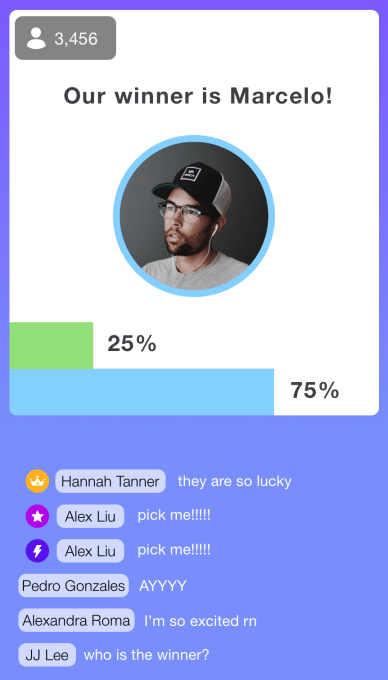
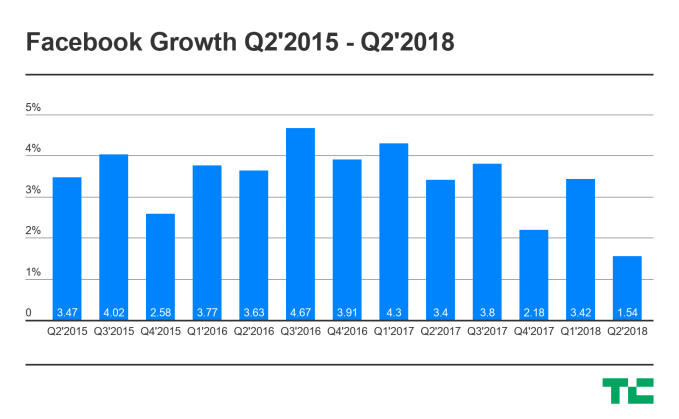
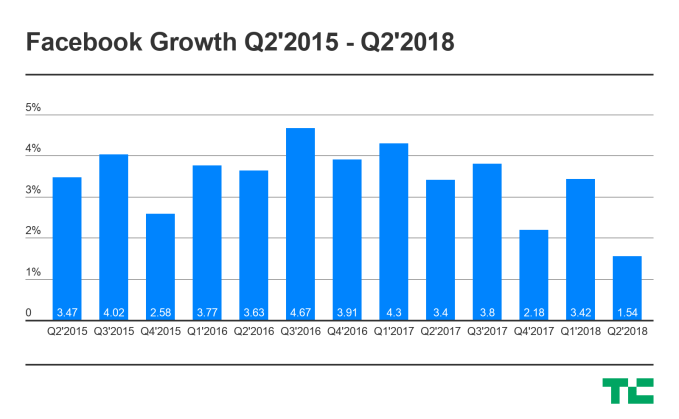
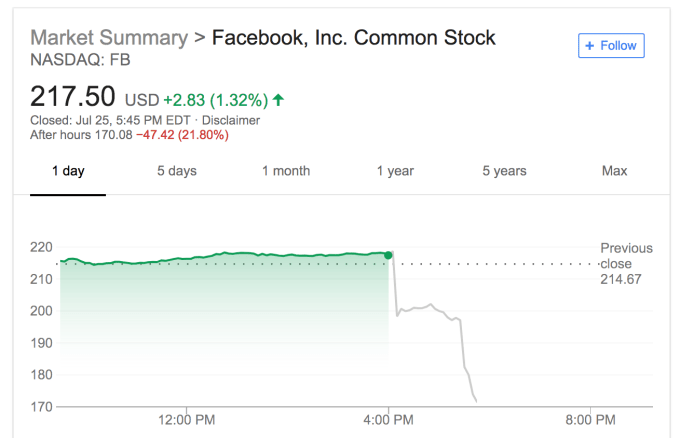
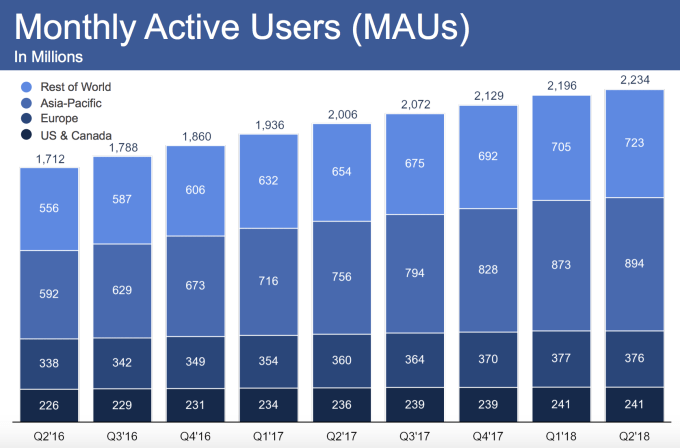
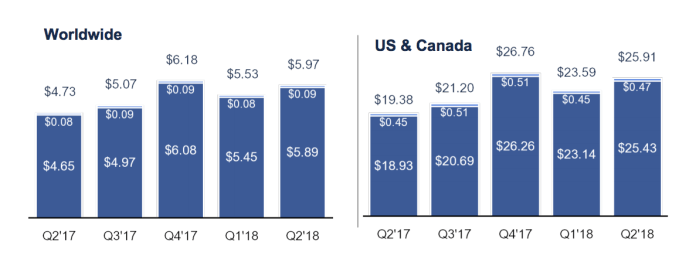
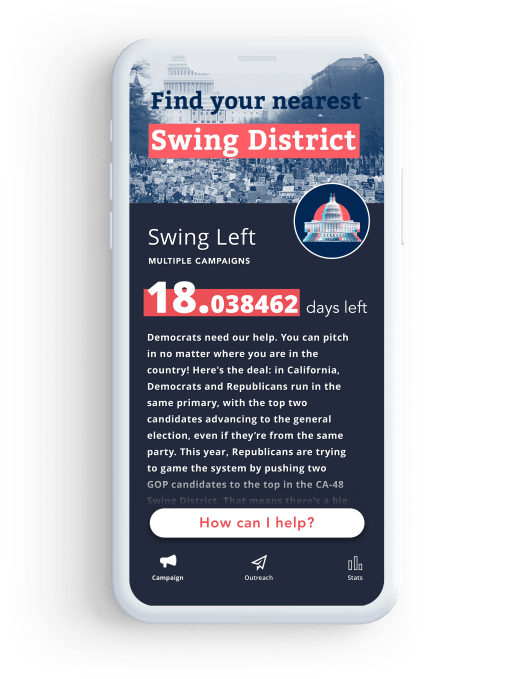
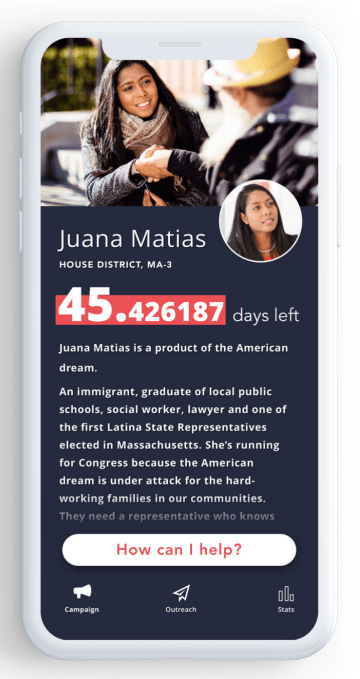 In other words, it’s no longer a political campaign or organization bugging people to go vote via text — it’s a friend. If your friends have a problem with the unsolicited text, they’ll have to tell you.
In other words, it’s no longer a political campaign or organization bugging people to go vote via text — it’s a friend. If your friends have a problem with the unsolicited text, they’ll have to tell you.

